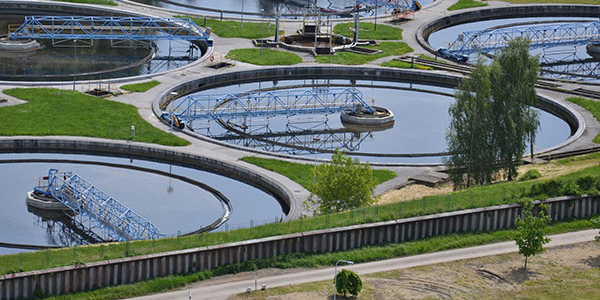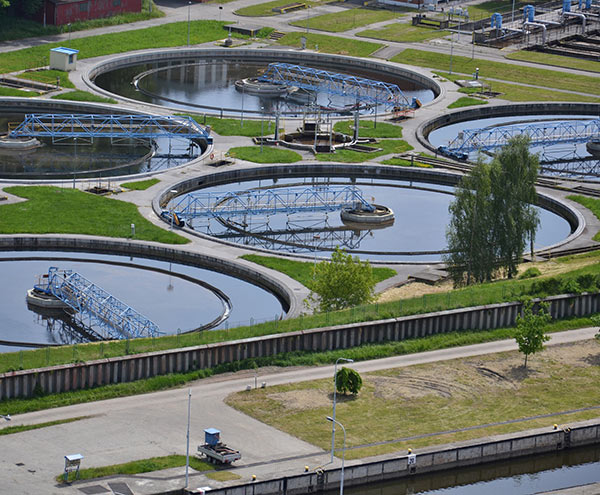
What would the Olympics be without a little controversy? From spy drones to air conditioning battles and debates over the bronze medal in women’s floor exercises, the 2024 Games had their fair share. Yet, amidst all the drama, one story stood out—the transformation of the Seine River. After being off-limits to swimmers since 1923, the Seine made a historic comeback this summer, hosting Olympic swimming events for the first time in modern history, including a 10K marathon, the aquatic portion of the triathlon and a Paralympic swimming event (4). With nearly 1 billion people watching, the Seine needed to be more than just swimmable – it had to be media-ready, as even a small misstep could have tarnished the river’s new image.
Continue reading “Taking the Plunge: How the Seine Became Olympic-Ready”

